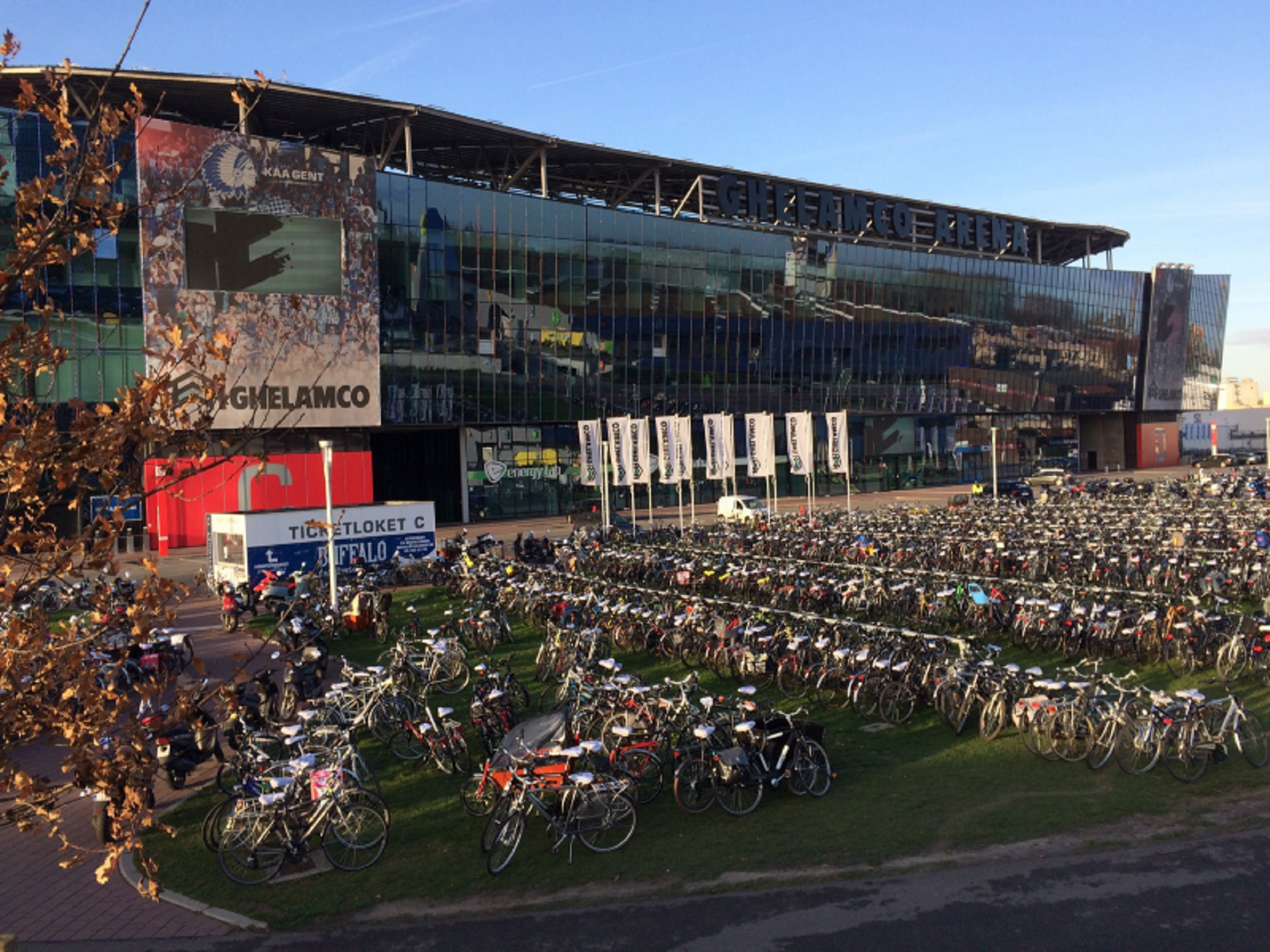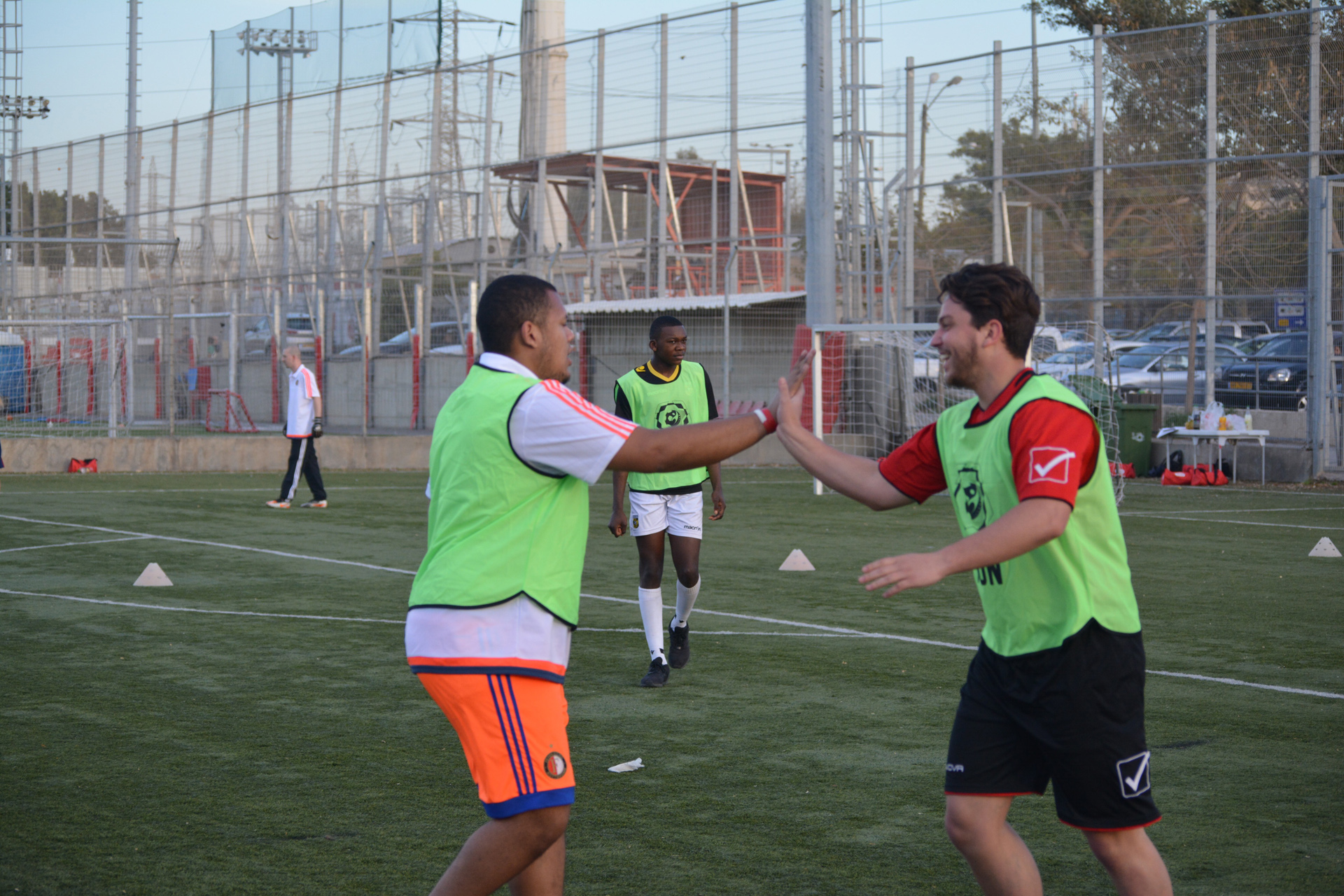EU Physical Activity Guidelines – European Commission (2008)
Physical activity is usually defined as “any bodily movement associated with muscular contraction that increases energy expenditure above resting levels”. This broad definition
includes all contexts of physical activity, i.e. leisure-time physical activity (including most sport activities and dancing), occupational physical activity, physical activity at or
near the home and physical activity connected with transport. Alongside personal factors, environmental influences on physical activity levels can be physical (e.g. built
environment, land use), social and economic.
Physical activity, health and quality of life are closely interconnected. The human body was designed to move and therefore needs regular physical activity in order to function
optimally and avoid illness. It has been proved that a sedentary lifestyle is a risk factor for the development of many chronic illnesses, including cardiovascular diseases, a main
cause of death in the Western world. Furthermore, living an active life brings many other social and psychological benefits and there is a direct link between physical
activity and life expectancy, so that physically active populations tend to live longer than inactive ones. Sedentary people who become more physically active report feeling better
from both a physical and a mental point of view, and enjoy a better quality of life.
The human body, as a consequence of regular physical activity, undergoes morphological and functional changes, which can prevent or delay the appearance of certain illnesses
and improve our capacity for physical effort. At present there is sufficient evidence to show that those who live a physically active life can gain a number of health benefits,
including the following:
- A reduced risk of cardiovascular disease.
- Prevention and/or delay of the development of arterial hypertension, and improved control of arterial blood pressure in individuals who suffer from high blood pressure.
- Good cardio-pulmonary function
- Maintained metabolic functions and low incidence of type 2 diabetes.
- Increased fat utilisation which can help to control weight, lowering the risk of obesity.
- A lowered risk of certain cancers, such as breast, prostate and colon cancer.
- Improved mineralization of bones in young ages, contributing to the prevention of osteoporosis and fractures in older ages.
- Improved digestion and regulation of the intestinal rhythm.
- Maintenance and improvement in muscular strength and endurance, resulting in an increase in functional capacity to carry out activities of daily living.
- Maintained motor functions including strength and balance.
- Maintained cognitive functions and lowered risk of depression and dementia.
- Lower stress levels and associated improved sleep quality.
- Improved self-image and self-esteem and increased enthusiasm and optimism.
- Decreased absenteeism (sick leave) from work.
- In very old adults, a lower risk of falling and prevention or delaying of chronic illnesses associated with ageing.

Active Travel Guidance for Sports Stadia – Healthy Stadia
This guidance aims to help people connected with your sports club to be more physically active by encouraging them to ...
Download Image
UEFA Football and Social Responsibility (FSR) Report
UEFA has published the 2018/2019 Football and Social Responsibility (FSR) Report, which highlights the power of football to help a wide ...
Download Document
Football and corporate social responsibility
Surprisingly few academic articles have been written about football and Corporate Social Responsibility (CSR). A number of themes emerged from ...
Download Document